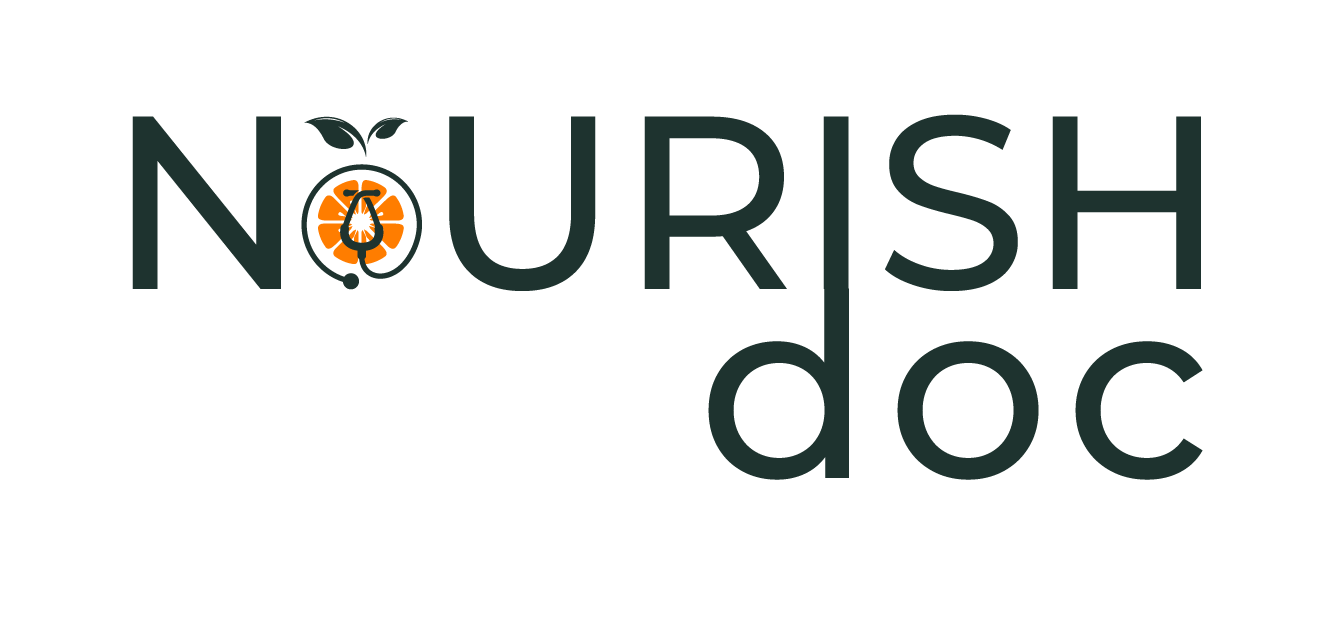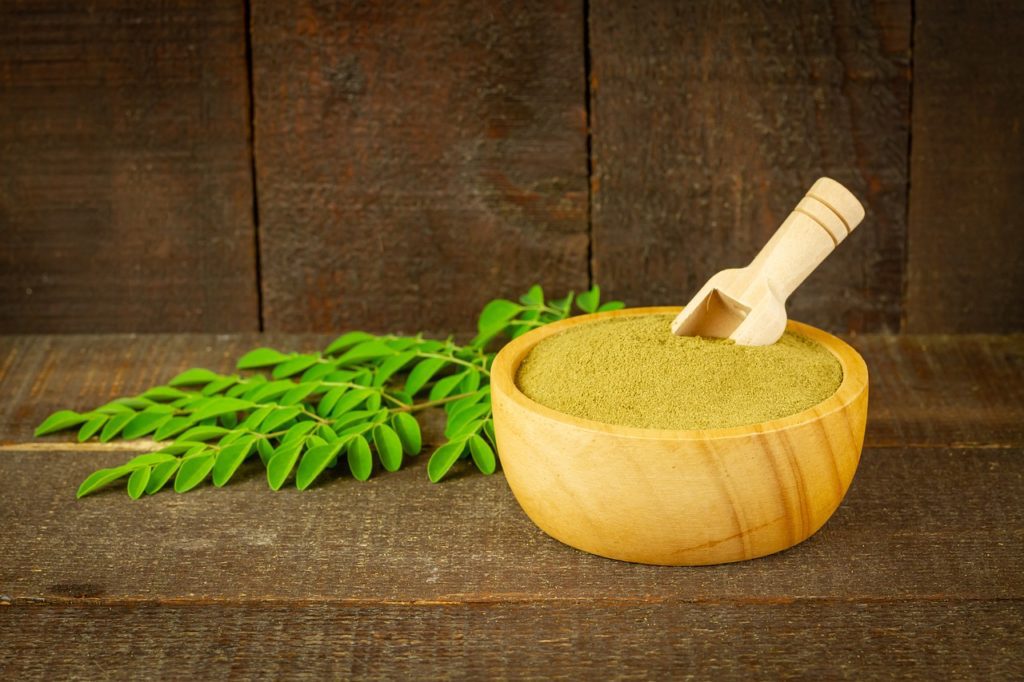What are drumstick leaves?
Drumstick leaves are little, tear-drop shaped with leaflets that are feathery, smooth, bright green, thick, and firm usually in tripinnate structure. Drumstick leaves have a slightly bitter taste having a horseradish-like burning sensation. While cooking, it releases a distinct grassy scent. Leaves come from the Drumstick tree (Moringa oleifera), and are utilized in South Indian cuisine.
Drumstick leaves benefits
The moringa leaves are nutritionally rich, beating carrots, oranges, and even milk in terms of nutrition value. The leaves notice several uses in Indian cuisine as they are versatile and might be incorporated within the diet in many ways. People add them to stir-fry vegetables as the standard way to eat them, or in juices. Once consumed in their natural form, the moringa leaves haven’t any adverse effects.
- Lower blood glucose Levels
Sustained high blood sugar levels cause the event of polygenic disease in individuals. Diabetes, in turn, will cause heart issues and organ injury within the body. To avoid this, it’s wise to keep the blood sugar levels in check. Moringa leaves are an ideal resource for that as they stabilize the blood glucose levels thanks to isothiocyanate.
- Lowers cholesterol
Moringa leaves are a dependable remedy against high cholesterol along with oats, flaxseeds, and almonds. Cholesterol is the primary reason individuals suffer from cardiovascular diseases, and consumption of moringa leaves has been better known to point out the right innovative improvement against high cholesterol levels. Moringa oleifera will lower those levels and shield against the chance of heart disease.
- Protects the Liver
Those with an infectious disease can benefit significantly from moringa leaves as they cut back the adverse effects of anti-tubercular drugs. This is because they increase the supermolecule levels within the liver. The liver is the hub of blood detoxification, metabolism, and nutrient absorption, and it will perform adequately as long as the liver enzymes are normal. Moringa leaves stabilize these liver enzymes.
- Protects against arsenic toxicity
In several elements of the world, arsenic contamination could be a common problem. Arsenic has found its approach into our systems through several food items, including rice. Prolonged exposure to the present part will cause the event of cancer and heart disease. Analysis on research laboratory animals has shown that Moringa leaves to combat the consequences of arsenic toxicity.
- Good for gut health
Moringa leaves are helpful against organic process disorders. Those who suffer from constipation bloating, gas, inflammation, and inflammatory bowel disease should add Moringa leaves to their diet. The leaves have antibiotic and antimicrobial properties that create them a perfect remedy against digestive disorders. Even the high quantity of B vitamins within the leaves helps indigestion.
- Cleanse & Detox
Moringa leaves are natural cleansers and facilitate to detoxify the system. This helps to stay in the body and will increase immunity against numerous infections. They also increase the energy levels within the body.
- Helps in weight management
Moringa leaves increase fat burning within the body. As a result, they change the state of the person while not depleting energy reserves. This keeps the person feeling buoyant and nourished, reduces cravings for food, and boosts metabolism—they additionally lower cholesterol.
See: How to lose PCOS belly fat
- Helps skin and hair health
With an abundance of antioxidants and nutrients, moringa leaves improve the health and appearance of skin and hair. They add suppleness to the skin and shine to the hair. The antioxidants gift in Moringa leaves cut back the looks of fine lines and wrinkles on the skin. They need thirty antioxidants present. Not simply this, a paste of Moringa leaves once applied to the scalp, and also the hair reduces dandruff and adds life and bounce to dull, lifeless hair. The leaves also strengthen the hair follicles. They’re additionally bright for acne-prone skin. This can be why moringa leaves are a part of several cosmetics. They improve the skin tone and add a glow thanks to their purifying nature and therapeutic properties.
See: Ayurveda Herbs For Hair Loss & Alopecia Treatment
- Improves the nervous system
Several nervous disorders are better known to point out positive results against the employment of moringa leaves. They support brain health and work as neuro-enhancers. The high concentration of vitamins E and C combat neural degeneration and helps improve brain function. Those that have a megrim or suffer from continual headaches should eat moringa leaves regularly. These leaves also work as mood balancers as they stabilize the assembly of neurotransmitters like serotonin, dopamine, and norepinephrine necessary for memory, mood, and stimulus-response.
- Improves bone health
Moringa leaves are made of sources of metallic elements and phosphorus. Each of those components is required permanently bone health. In addition, since moringa leaves have a medication nature, they combat inflammatory diseases and will even heal damaged bones.
See: Ayurveda Treatment For GERD And Acidity
Moringa oleifera additionally fights against pathology and keeps bone and teeth sturdy.
- Rich in Amino Acids
Moringa leaves are made in amino acids, the building blocks of proteins. Eighteen styles of amino acids are found within them, and every one of them makes a crucial contribution to our wellbeing.
Inflammation is. However, a body naturally responds to pain and injury. Moringa leaves are medication in nature, thanks to the presence of isothiocyanates. Inflammation is the root explanation for many diseases like cancer, arthritis, arthritic arthritis, and many reaction diseases. Once we suffer an injury or infection, the body suffers exaggerated inflammation.
It’s a protection mechanism against trauma; however, inflammation will increase within the body due to a wrong fashion and an unhealthy diet. Prolonged inflammation ends up in chronic health issues. Consumption of moringa leaves helps to cut back inflammation.
- Antiseptic properties
Moringa leaves are antiseptic and fight several microorganism infections. They’re even helpful towards wound healing and help heal bruises, minor cuts, and burns quickly as they reduce the natural process time.
See: Ayurveda Treatments To Prevent And Reverse Diabetes Mellitus
- Rich in vitamins and minerals
Drumstick leaves are rich in vitamins A, C, B1, B2, B3, B6, and Folate. They’re additionally rich in magnesium, iron, calcium, phosphorus, and zinc.
One cup of moringa leaves can contain a pair of grams of protein, magnesium, nutriment B6, Iron, vitamin G, and Vitamin A.
- Rich in antioxidants
Moringa leaves have anti-oxidative properties and shield against the damaging effects of free radicals gift in the environment. The injury caused by free radicals is chargeable for several chronic diseases like sort a pair of diabetes, heart issues, and Alzheimer’s. Moringa leaves are rich in water-soluble vitamins and carotene that act against free radicals.
They even have Quercetin that is an inhibitor that helps to lower blood pressure. Another antioxidant that’s a gift in moringa leaves is Chlorogenic acid, which helps stabilize blood glucose levels post meals.
See: Ayurveda Herbs For Depression Remedies
- Improve lactation
In ancient Ayurvedic medicine, moringa leaves were accustomed to increase lactation in nursing mothers. Since they’re an expensive supply of protein, necessary vitamins, and essential nutrients, intense moringa leaves are brilliant for the health of the mother and the baby.
Medical and culinary uses
- Use the leaves for treating fevers, bronchitis, eye or ear infections, and painful secretion membrane inflammation.
- It additionally acts as an antiseptic for the skin and also treats anxiety.
- Rub drumstick leaves on the temples to urge relief from headaches.
- Apply the leaves to wounds or insect bites because they possess medicament and anti-inflammatory properties.
- The poultice of drumstick leaves is beneficial to halt bleeding from scrapes and minor cuts.
- Dried leaves or drumstick leaf tea effectively treats stomachic ulcers and diarrhea.The mixture of carrot and Drumstick leaves juice is employed as a cure for gonorrhea.
- It also heals minor cuts, burns, and bruises.
- The leaf paste can be used for skin disease thanks to its antiseptic and anti-inflammatory properties.
- Leaves are used to treat eye ailments.
- It’s additionally helpful in treating hair loss and lower dandruff.
- Leaves have a high content of iron that promotes red blood cells and prevents anemia.
Culinary uses
- Cook the leaves like spinach.
- The dried and crushed powder is employed in sauces and soups.
- Add the recent leaves to salads or the preparation of salsas.
- Leaves are accustomed create a tea that is loaded with ample antioxidants.
- Mix the leaves in a sort of smoothies.
- Use it as a garnish for vegetable dishes.
Nutrients in Drumstick Leaves
One cup of shredded moringa tree leaves contains:
- 11% of the suggested Dietary Allowance (RDA) of iron
- 9% of the RDA of vitamin A
- 12% of the RDA of water-soluble vitamin
The levels of vitamins C and A, which are antioxidants, boost protection against cell injury caused by chemicals within the body, called free radicals, which may play a role in developing cancer. The water-soluble vitamin helps the body maintain a healthy immune system. In contrast, vitamin A can help keep secretion membranes protected against infections in the metabolism and organic process tracts.
Moringa leaves additionally contain amino acids that will boost the immune system. This could help patients undergoing treatments akin to chemotherapy.
See: Ayurveda Treatment For Cancer Side Effects
Some moringa leaves contain:
- fourfold the amount of metallic element in one glass of milk
- Three times the metal in one banana
- Seven times the number of water-soluble vitamins in an orange
- Three times the amount of iron in spinach
- fourfold the amount of vitamin A in a carrot
Moringa can be eaten up fresh, cooked, or crushed, and that they can be kept as dried powder for many months while not loss of organic process value.
Moringa can be mixed into fruit smoothies or used as a replacement for spinach in most recipes. Dried moringa powder is also added to a curry recipe and served over rice.
How to use drumstick leaves
You can use Moringa leaves in 3 ways: raw leaves, powder, and juice form.
Moringa powder: Here, the recent leaves of Moringa are dried during a shade. Confirm you don’t dry them underneath direct daylight because it’ll cut back the organic process worth of moringa leaves. Once it’s dried, grind them into a fine powder.
Moringa juice – recent leaves of Moringa are crushed, so the juice is extracted for use.
Moringa leaves usage
- Stir it into water
- Use it in tea
- combine it into shakes and smoothies
- Sprinkle it into soups
- Use as dish toppings
Drumstick leaves side effects
The health benefits of drumstick leaves are many; however, in those who did, Moringa was well tolerated with no serious side effects. It’s been used for centuries in Ayurveda without any reported adverse effects.
However, since Drumstick leaves might lower blood glucose and blood pressure, don’t combine them with medications to treat blood pressure or diabetes.
See: Ayurveda Herbs For Energy, Brain Fog & Chronic Fatigue
Talk over with your doctor and pharmacist before you decide to take any reasonably dietary supplements to forestall or treat a medical condition.
Dosage
Pure Drumstick leaves powder is well-tried to be safe, even at higher levels. The daily dose should be restricted to the equivalent of seventy grams of moringa leaves per day or eleven teaspoons of moringa powder.
See: Ayurveda Herbs For Anxiety Remedies
Precautions
There’s some proof that Moringa is also helpful in increasing the production of breast milk in nursing women. As there is not enough evidence whether or not it will be safe for the baby, it’s usually better to consult your doctor before taking Drumstick leaves throughout breastfeeding.
Summary
Simply adding moringa powder to a smoothie won’t cause you to be healthier instantly. However, it’ll offer you a bit of a boost of vitamins, minerals, and fiber. The nutrients found in Drumstick leaves are found in other usually eaten-up foods like fruits, vegetables, nuts/seeds, animal proteins, and whole grains. It isn’t necessary to consume Drumstick leaves daily to reap similar edges of these nutrients. If you plan to add Moringa to your daily intake, make sure to grasp what you’re buying and the way a lot of you’re consuming. Also, be sure to inform your doctor if you start to expertise any problems with aspect effects.







